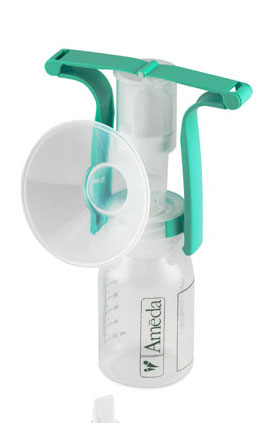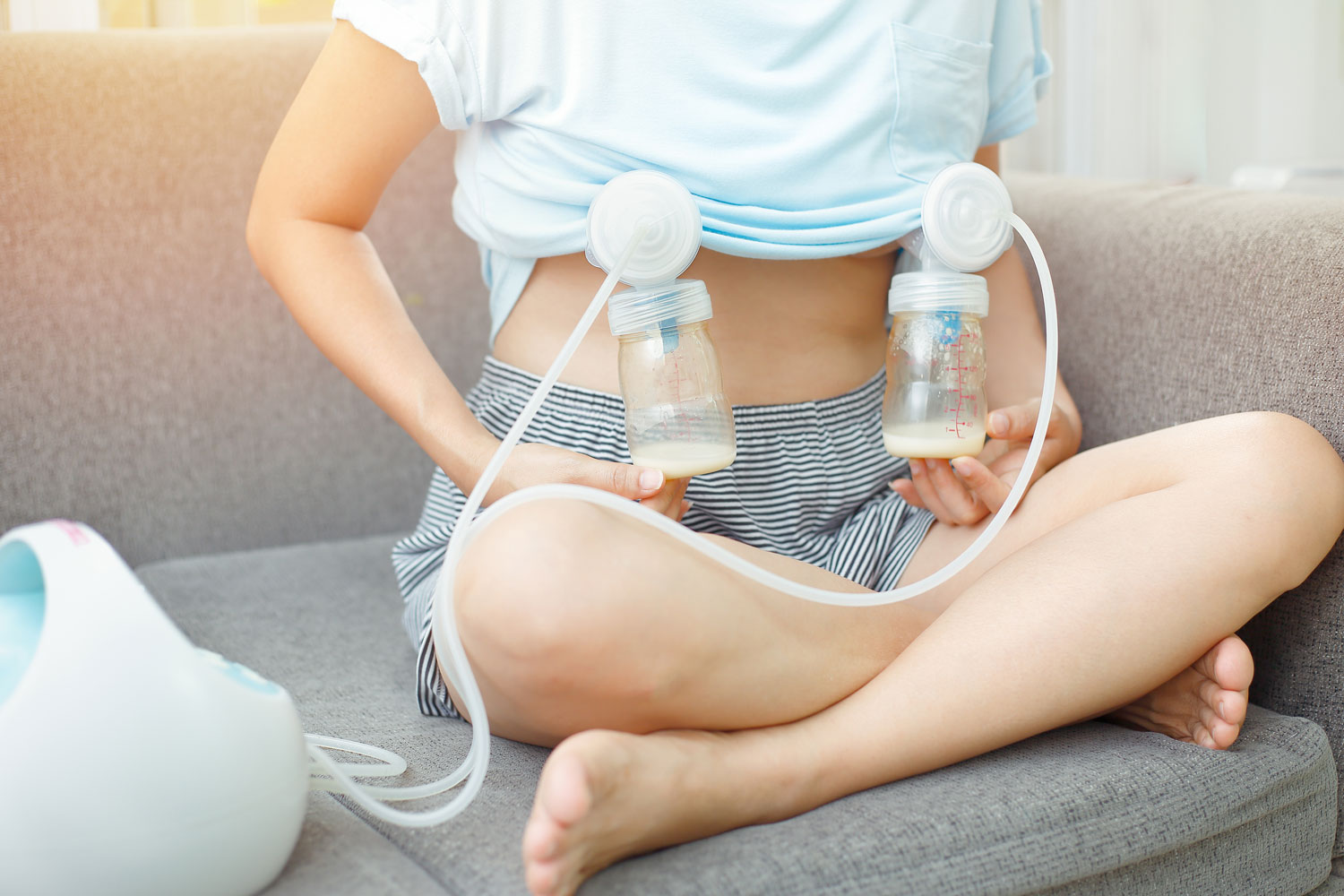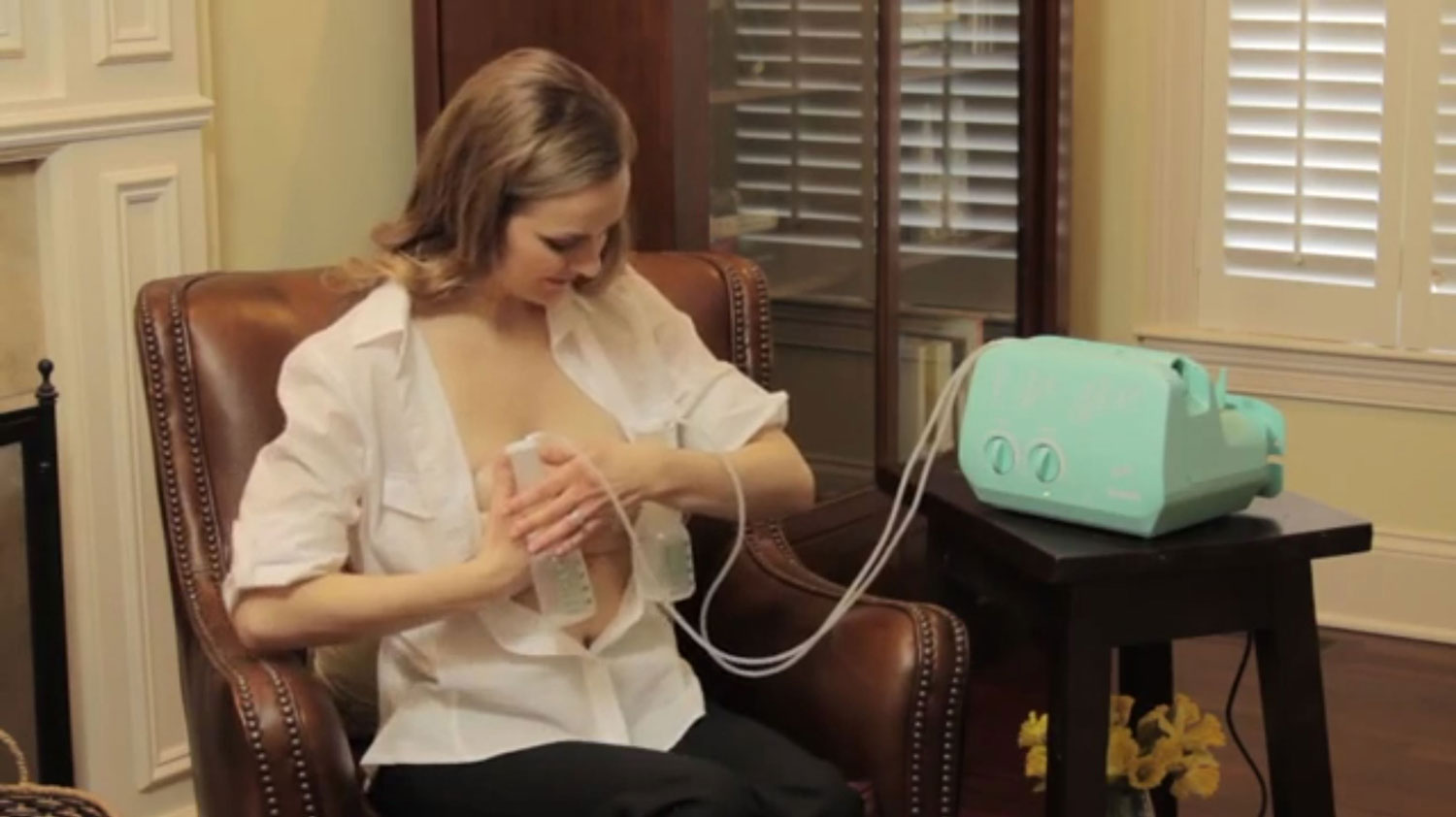It can be a difficult choice to choose the best breast pump for your needs. When preparing to bring home your baby, you might picture yourself using those generous baby shower gifts you received. Perhaps wrapping them in that soft sling or capturing their footprints. However, there’s one handy piece of equipment you might not have pictured using – a breast pump.
PBB has put together this handy guide on choosing the best breast pump just in case you do end up needing it, or you know in advance that you’ll be using one.
Who might need a breast pump?
While a breast pump isn’t essential for everyone, it might surprise you to know that almost all mothers do decide to express milk using a pump. In a Melbourne study of more than 1,000 women whose babies were born at term, 83% had a breast pump at six months after birth. Even within a day or two of welcoming a new baby, 60% already had a pump. The women said the main reasons were to be able to go out without the baby, or because they had too little or too much milk.
Another reason for pumping is that you’re returning to work and want to make sure bub still has your milk when you’re apart from each other. Then there are the harder-to-predict reasons for expressing milk. For example, it might be a baby who was born prematurely, hasn’t yet learned to feed well, or who has other health issues.
Which is the best breast pump for your purpose?
If you’re expressing milk so you can go out occasionally without the baby and are pumping once a day or less, you could use a:

- manual pump
- personal electric pump.
- You could even opt for hand expressing – no special equipment required.
The benefits of a manual pump over an electric pump are that they are cheaper, quieter, and you don’t need a power source. When you hand express, you’re using positive pressure to “push” milk from the breast. However, when you squeeze the lever or handle on a manual breast pump, this creates negative pressure to “pull” your breastmilk out. Then you release the handle and repeat.
Compared to a manual pump, electric pumps are more efficient at collecting your milk. Plus, they involve much less work for you. Using a single-sided electric pump takes about 20 to 30 minutes to empty both breasts.
If you’re returning to work away from your baby, the best breast pumps are:
- personal electric pump
- hospital-grade electric pump.
Hospital-grade electric pumps design enables multiple people to use them safely. Because of this, they have extra barriers in place to decrease the risk of contamination. They’re also robust and designed to last several years. What’s more, being powerful makes them fast and efficient. As a result, a hospital-grade pump takes only 10 to 15 minutes to empty both breasts after let-down. However, the drawback is that they are often larger and bulkier. They’re harder to transport to and from work, or when travelling away from the baby.
So, who needs to use a hospital-grade pump? You might need one if you’re expressing because bub is not feeding well, is premature or unwell, or there are other issues with baby’s latch or your supply. Also, if you’re exclusively pumping (no breastfeeding), you will need a hospital-grade pump. If you’re not sure, your lactation consultant is a wealth of expert advice.
What features should you look for in a breast pump?
Battery and mains power
An electric pump that can be either battery-operated or plugged into a wall is handy if you’ll be pumping in different places. For example, with battery power, you can sit on any part of the couch you like (not just next to the power point). You could even pump in the car. With mains power, you don’t have to worry about running out of batteries.
Multiple flange sizes
The flange, or breast shield, is the part that fits over your breast. Having a good fit is essential for your comfort and efficient milk flow. UK research with mothers of pre-term babies reported that they produced more milk when expressing was more comfortable.
Adjustable speed and suction
Some pumps have a faster “sucking” speed to use at the start of a pumping session. This faster-sucking speed mimics the rapid sucking baby uses to trigger the let-down reflex. Your let-down causes the breast to push breastmilk through the duct network and out towards the nipple, ready for baby to drink. Then, when the milk is flowing, you can adjust the pump to a slower speed. Doing this mimics the baby sucking less frequently when she pauses to swallow. The best breast pumps also have adjustable suction so you can customise it to find the “sweet spot” for you that balances comfort and efficiency.
Effectiveness and efficiency
If you are entirely reliant on the breast pump to stimulate and maintain your milk production (because bub is not able to), a capable pump is vital. In this case, your choice may mean a hospital-grade pump. However, if you’re only pumping occasionally, then a smaller and less-expensive pump might be better for you.
Option to double- or single-pump
Of course, emptying both breasts is faster if you can express both sides at once. Research comparing single and double pumps also showed that a double pump results in more milk overall. Then again, there are times you may want to single-pump. For example, if you’re going to express on one side while bub feeds on the other, or you have blocked ducts in one breast.
Compliance with the World Health Organisation (WHO) Code
The WHO has developed a marketing code to prevent aggressive marketing practices that can discourage parents from meeting their own goals for breastfeeding. When considering a particular brand, look into whether it operates in line with this code.
Closed vs open systems
Breast pumps design is either a closed or an open system. A closed-system has a barrier between the pump mechanism and all the bits and pieces that collect the milk. An open-system breast pump doesn’t have this barrier. Without this barrier means that it’s not possible to completely sterilise all the parts on the inside of an open system. As a result, bacteria, mould or other microbes could potentially come into contact with your milk. Ameda and Spectra are two examples of brands that do use closed systems in their breast pumps.
What about second-hand pumps?
For health reasons, personal breast pumps design is for one person only to use. Unfortunately, recommendations state not to buy or borrow a pre-loved single-user pump. The exception to this is hospital-grade pumps which are safe for several women to use.
With so many factors to weigh up – from choosing a manual or electric pump to breast shield sizes, and whether you need a battery or not – there’s a lot to think about. If you do find yourself needing to express and you’re still not sure which is the best breast pump for you, feel free to get in touch with us.
Reference List
PBB aims to keep you informed with the latest research-based information. Check out our reference list used in the creation of this article.
Published 25th March 2020







Thank you for this short but descriptive article about breast pumps. Main highlight is the “WHO code” you mentioned which will embark some good knowledge for people reading it. Looking forward for such articles in future too.